THE CLUBHOUSE
October, 2023
You won't lose health benefits by switching to an electric trolley, independent study reveals.
Professor Graeme Close, of Liverpool John Moores University, joins Mark Stewart to discuss the findings of his latest study. Published in the European Journal of Sports Science, the study reveals the truth about golf's health benefits, including how making the switch to an electric trolley could make you feel better, perform better and still burn the same calories as carrying or pushing.
Professor Graeme Close's study focussed on 16 elite college golfers, using three different modes for transporting their clubs around the course: carrying, pushing a trolley, and using a Stewart Golf Q Follow electric trolley. The study has debunked the myth that carrying a golf bag for 18 holes provides a greater workout than using an electric or push trolley.
Speaking on the study, Close said, “What I would really want to emphasise is; don’t think you’re losing your health benefits by putting your clubs on an electric trolley. The benefit is coming from walking.”
Close, who heads up nutrition for the DP World Tour, and is a Nutrition Consultant to both the European Ryder Cup Team and England Rugby Union, amongst others, also said “In my role with the DP World Tour it is vital that elite golfers can efficiently fuel performance. This study is the first of its kind to accurately measure the physical effects of golf on the body.”
The study, published in the European Journal of Sports Sciences, was centred around comparing the Total Energy Expenditure (TEE) and Rate of Perceived Exertion (RPE) of all three modes of transport, with findings showing there was no meaningful differences in calories burned/TEE during a round, for all three modes. Close said “By far the major contributor to the energy expenditure of golf is walking itself. The act of striking the ball or carrying the clubs is a much more minor contributor than walking.”
However, Close found significant differences when analysing RPE, which in simple terms is a measure of how a person feels as opposed to their actual physical response. Carrying the bag had the highest RPE, meaning golfers felt like they were working much harder and burning more calories, even though they weren’t. The Stewart Q Follow gave the lowest RPE and was also the only mode of transportation that participants found ‘very easy’ when asked to rate the perceived level of exercise for each round.
“The perceived effort of the electric trolley was much lower, and I guess that makes sense because you know if you walk a course and you’re not having to actually think about either pushing a trolley or carrying clubs then of course it feels easier and that’s what we measured in this study”, said Close.
The study also found that carrying produced the highest overall heart rate and heart rate fluctuation, a factor that could adversely affect match performance; lining up a crucial putt with an increased heart rate is not an ideal scenario for most golfers.
The results of this study offer a fresh perspective. By debunking the myth of carrying vs using a trolley, this research shows that the real health benefits come from walking. Golfers now have a scientifically backed approach to optimising their experience on the course, enhancing their overall health, and ensuring peak performance.
Want to further your understanding? You can read the full interview transcript below.
Read time: 9 - 13 minutes
“By far the major contributor to the energy expenditure of golf is walking itself. The act of striking the ball or carrying the clubs is a much more minor contributor”
About Prof. Graeme Close
Mark Stewart: First things first Graeme, why don't you introduce yourself?
Graeme Close: Yes, so I'm Professor Graeme Close, Professor of Human Physiology here at Liverpool John Moores University where I wrote my Master’s degree in Sports Nutrition and I also contribute to a lot of lectures on the Physiology programme.
Your readers might be more interested to hear about some of the wider roles I also take up. I head up the nutrition team to the DP World tour (formerly the European Tour), I’ve just completed the role as the nutrition consultant to the European Ryder Cup team, and then for the last nine years I've been the lead nutritionist to England Rugby Union.
As part of my work I’ve also consulted in a variety of Premier League football teams such as Everton and Aston Villa. In boxing, I'm currently working with Dillian Whyte and lend my voice to a variety of other sports where I work as a sport nutrition and Physiology consultant.
What was the reason for the study?
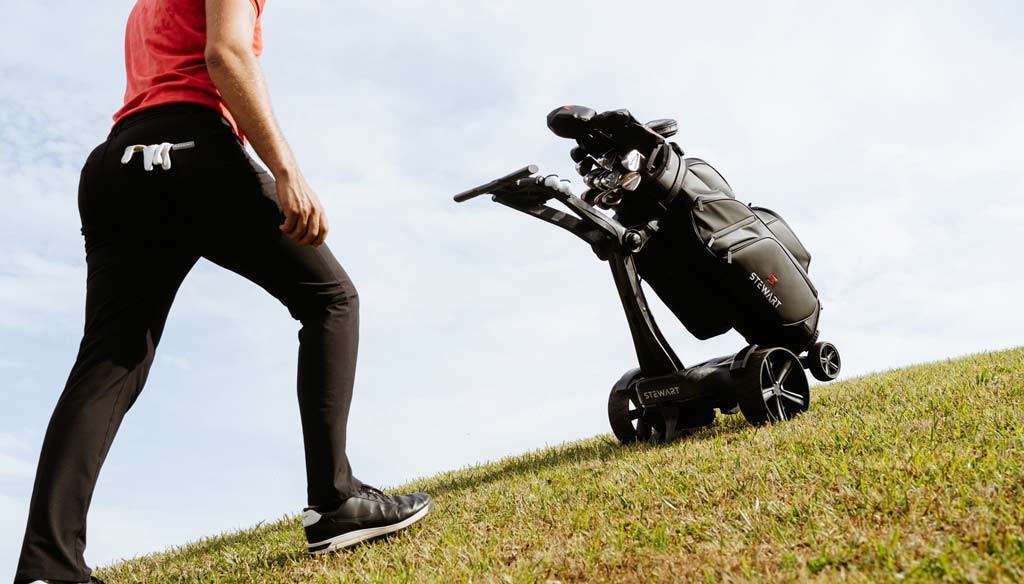
MS: Tell me, what was the reason why you wanted to perform this study in the first place?
Graeme Close: I've been interested in understanding the energy expenditure of golf for a long time now.
By energy expenditure I mean what are the calorie requirements of a round of golf. It seems like a really simple question, but when you actually look at the literature, it's one that hasn't been answered well at all before now. An example of just how badly it's been answered, is that in the previously published literature we found figures anywhere between 500 calories, which is quite low, up to 3000 calories. 3000 is similar to running a marathon, and as much as we like to promote the health benefits of golf, which are numerous, I don't think anyone really thinks that a round of golf is similar to running a marathon!
So, what we wanted to do is use better technology to fully understand what the energy expenditure of golf is, and that's for two major reasons. One, with the elite athletes I work with, it means I can design individually tailored nutrition plans to make sure they’re fuelling their round correctly. Two, from a wider general health perspective, it means I can give the general public accurate information as to how much energy is expended in a round of golf. So that they can use golf better as part of the everyday activity for general health promotion.
How was the study conducted?
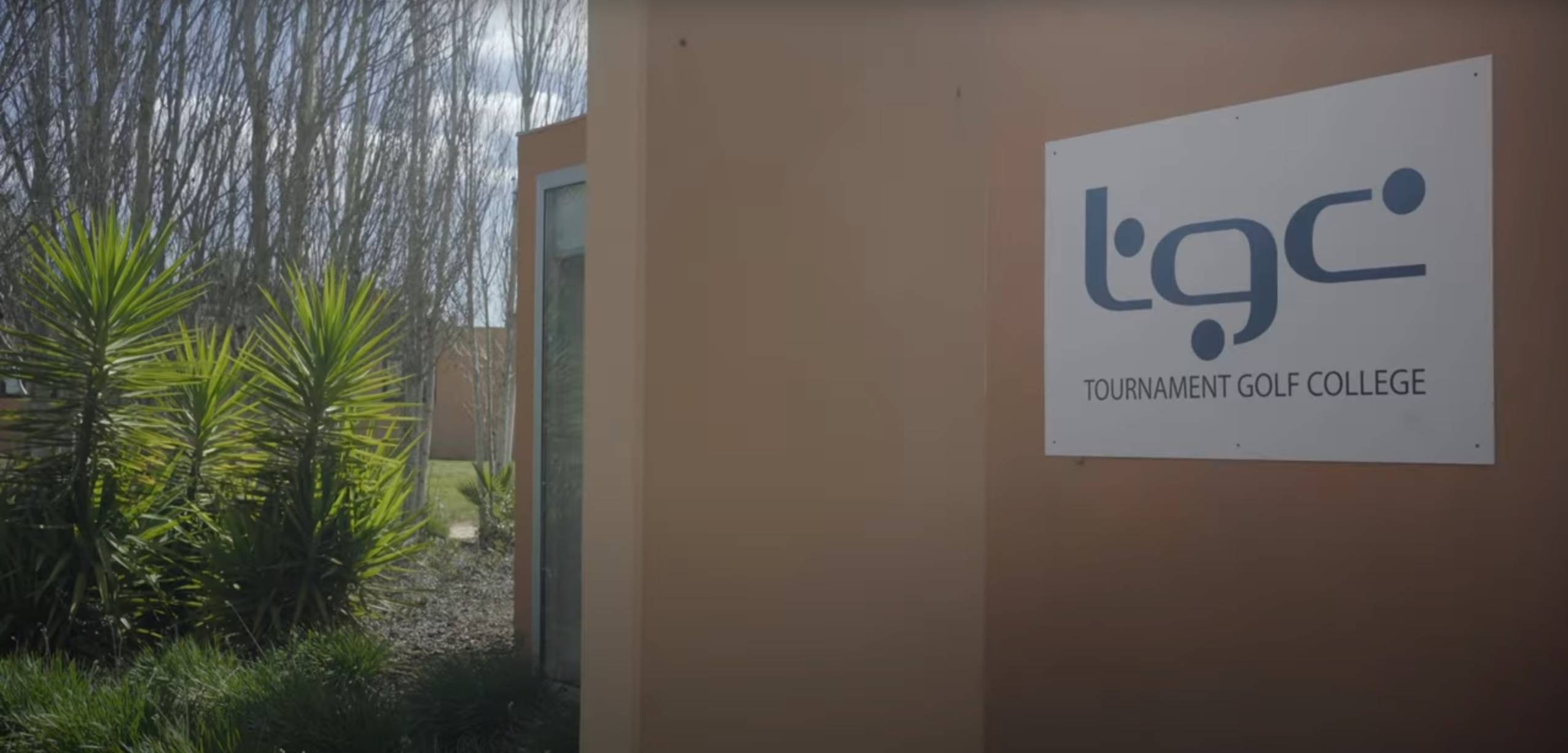
MS: I know you're a keen golfer, playing off a 7 handicap?
GC: Yes, it's probably the main way I relax away from the strains of work. I love my golf and love working with golfers.
MS: That explains why you were so interested in performing this study, but how exactly do you go about doing a study like this?
GS: So yeah, it sounds like a really simple study to perform. What is the energy expenditure of golf? But actually I think the reason why it's been done so badly up to now, is it's actually a lot more difficult in practice than it sounds.
I've tried numerous times to do this in the UK, but unfortunately being on an island the weather becomes a real issue. What I mean by that is, if I wanted to compare multiple conditions (such as we did in this study with the different modes of transporting the clubs), the chances of getting the same weather on two consecutive days is really quite difficult.
So, the first thing I did was use a contact over on the Algarve in Portugal, where the weather is much more consistent and would not impact the results of the study. Another advantage of using this golf college in Portugal, is that the golfers lived onsite, so I was able to control lots of elements to their preparation, such as the food that they ate leading into the round and what they were eating during a round as well. We were also able to make each round a tournament situation. The players played in an Order of Merit, so each round of golf was competitive, which I also thought was really important.
Through the use of this facility I was able to get a really well controlled study. It also allowed me to recruit quite a homogeneous group of athletes. All players had handicaps between scratch and five, giving me a consistent level of golfer. Really, we were able make as many variables as we could controlled. So, any differences that we were seeing, we would like to think of due to the variables that we put in place. Which of course in this situation was the different modes of transporting the clubs.
The European Journal of Sports Science
MS: Why is it important to be so rigorous with the design of the study? How does that help validate the study?
GC: If we want to identify precisely, or as precisely as we can, what is contributing to differences in energy expenditure, then we need to make everything apart from the variable you're changing as controlled as possible.
At first we thought we could use the treadmills that are here in the lab, we would get somebody to hit a ball into a net and then actually walk on the treadmill between shots. This way you really are controlling the distance of the walking and the temperature, but it doesn't give you that real world element.
We knew that if we did the study in the UK and in the middle of the golf season, the weather could be unpredictable. One day may be 30 degrees, the day after it might be 20 degrees. If we're doing links golf one day it may be really windy, the next day maybe not so much.
For the study to be successful, we really wanted to try and control as much as we could, but we also tried to keep as much of what we call ecological validity, to try and make it as representative of a real world as we can, but with the controls we want for scientific studies.
I think we did that really well in this study if I'm being honest.
MS: And so something like this is a full academic, peer reviewed paper. Where would it have been published?
GC: Being a university academic, a really important thing that we do is design our studies as well as possible and then publish them in appropriate academic journals. For this one we chose the European Journal of Sports Sciences. There were multiple reasons for choosing EJSS: it's a highly credible journal, with a European base to hit the target market that we want, and it undergoes rigorous peer review. So, it really does add to the credibility of the study that we've got it published in such a highly regarded Sports Science Journal.
800 to 1000 Calories per round
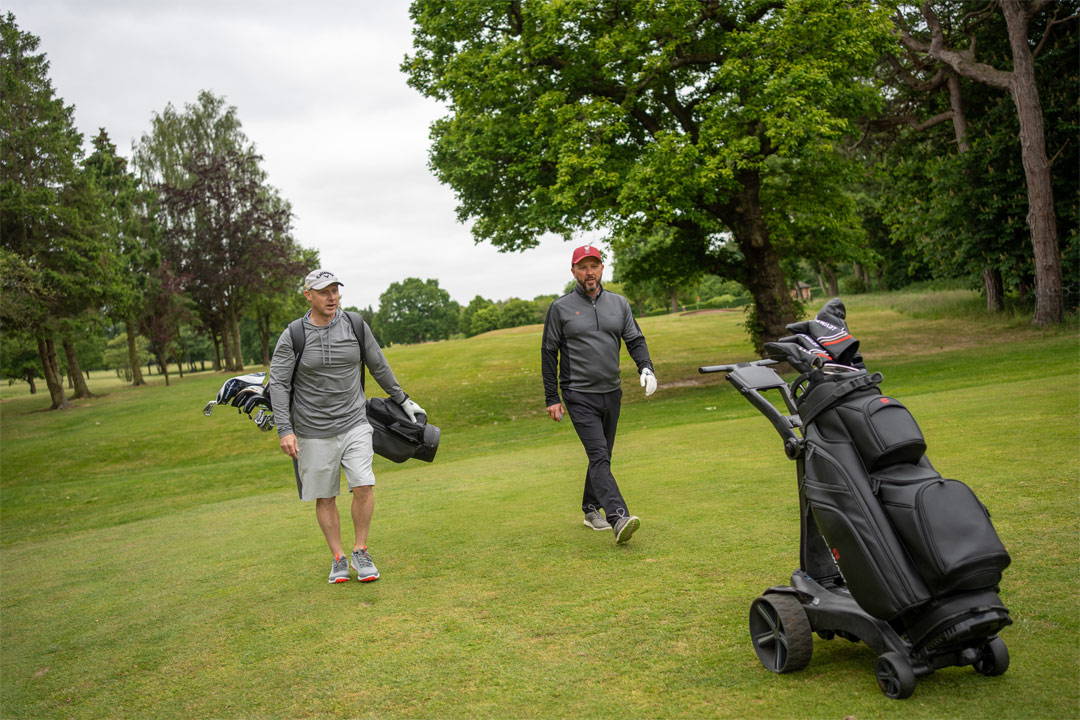
MS: Let's talk about the findings. What really struck me most, is that I would have assumed that carrying a golf bag you would burn significantly more calories than using electric trolley, but that's not what the study revealed.
GC: No not at all. The major finding of this study was that the energy expenditure of a round of golf is around about the 3.5 calorie per minute mark. That's about 800 to 1000 calories, depending how long it takes to get around the course.
But contrary to our original hypothesis, actually the mode of transportation adds a negligible effect on the energy expenditure of a game of golf. This suggested that by far the major contributor to the energy expenditure of golf is walking itself. The act of striking the ball, or carrying the clubs, is a much more minor contributor than walking. And when we look at the energy expenditure of a brisk walk it's very similar to what we were picking up in this study.
Now interestingly, using similar technology - not quite as precise as what we used in this study, but similar technology - some of the DP World Tour players shared with me the data that they're recording on themselves, during European Tour events (actually some of the data they showed me was from the Open Championship last year at St Andrews), and it's so similar to ours it's almost too good to be true.
This is great, because it shows that even at the pro end, when they've got a caddy carrying their clubs for them, they’re getting very similar energy expenditure to what we got in in all three modes of transport for this study.
MS: Remind us again what those three methods of transporting your clubs were.
GC: In this study we had carrying the golf bag, we had using the electric trolley - the Stewart Golf Q Follow trolley in this instance - and using a push trolley. What we found was that the energy expenditure in all three modes was very similar indeed.
Again, suggesting that the major contributor to energy expenditure in the game of golf is the act of walking the course itself, not the mode of transporting the clubs.
Feel better. Burn the same calories

MS: I think that's a really interesting fact, knowing that the amount of calories we are burning while we play is the same, regardless if you're carrying, pushing or using an electric trolley. But possibly even more eye-catching was this part about the rating of perceived exertion. Firstly, can you explain to us what that means exactly and second, how did that vary between the three methods of transport?
GC: Spot on. Perceived exertion is a key metric, one that we often use in sports science studies. If you look around this laboratory you'll see RPE scales all around, the RPE being the Rating of Perceived Exertion. What that is exactly, is we often ask our participants to rate how hard they were finding the exercise. So, it's their perceived exertion, rather than what we've specifically measured using the energy expenditure tools. This ranged from very easy, to very hard.
What we found in this study was, that despite there not being a significant difference in the actual calorific requirements - between the three modes of transports - actually, carrying the clubs resulted in the highest perceived exertion. This meant they were finding it much harder during their round, particularly compared with the electric trolley. In fact, when we looked at the data for the electric trolley, we were getting participants at the very lowest end on the scale (very easy) and we didn't get any at the very highest end of the scale (very hard).
Whereas both in carrying your clubs and using a manual push trolley, we had participants rating that as very hard exercise, and nobody rating either as very easy exercise.
So, the perceived effort the electric trolley was much lower, and I guess that makes sense because if you walk the course and you're not having to think about either pushing a trolley, or carrying clubs, then of course it feels easier and that's exactly what we found/measured in this study.
Feel the beat
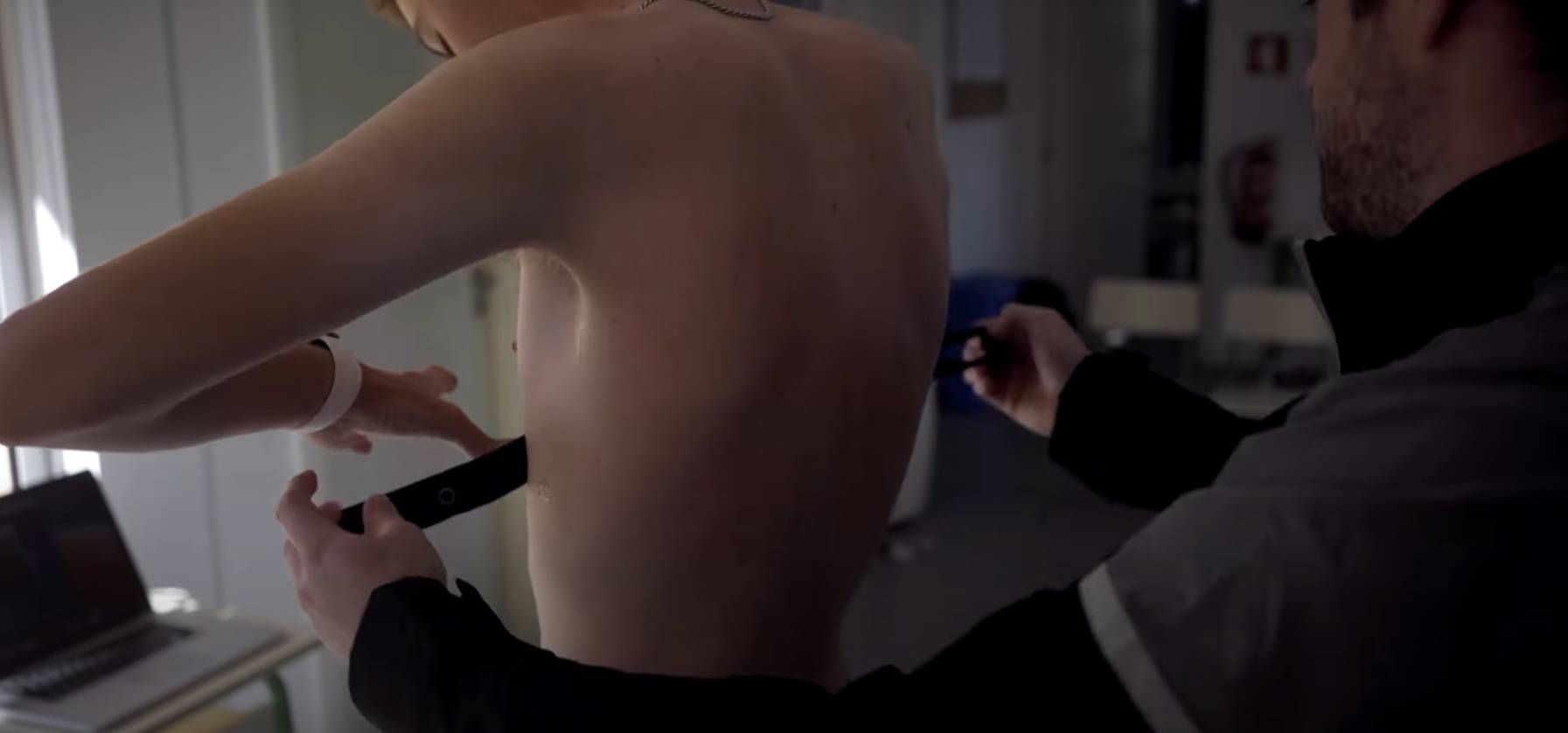
MS: The final part of your study was looking at players' heart rate in relation to the mode of transport. What did you find there?
GC: Yeah exactly, we were interested to see if there was a significant difference in heart rate for players, when using the three transport methods.
For this we used a heart rate monitor, but combined it with an accelerometer (so movement) and that's what makes it a more accurate piece of kit than previous studies, that have maybe just used a wrist worn pedometer or just used a heart rate monitor. For our study, we used a bit of kit called an Actiheart, which is able to combine both heart rate and movement and use clever algorithms to get a much better measurement of the energy expenditure.
What we found was, that with the electric trolley the average heart rate was lower and we didn't get big spikes that we were seeing in the other modes of transport. I think that has real implications for actual performance. As golfers, what we really don’t want is a spike in our heart rate as we’re trying to concentrate over a putt or key shot in a match.
Let's imagine you've just had an uphill walk towards a green, what we were seeing in the carry and push measurements, that we weren't with the electric trolley, was spikes in heart rate, that maybe weren't coming down in time for the putt.
So using the electric trolley, despite not being detrimental to calories burned, may be advantageous to performance if it's able to keep the heart rate in a tighter range of values.
MS: We've all been in that situation, where you if you've got something like a 60 degree into the green when actually your heart is absolutely thumping, that’s the last thing you want when your stood over a ball – shaking a little bit with your hear rate up!
GC: Yeah absolutely!
Well I guess what we all want is to be nice and calm and controlled over the ball. I mean, I don't know if I ever will be if I've got a 4 footer to win my club comp at the weekend… but yes you're right, what we don't want is the heart rate being spiked by the activity, we want to give ourselves every chance of being calm and making that putt!
Long term positive effects on your health
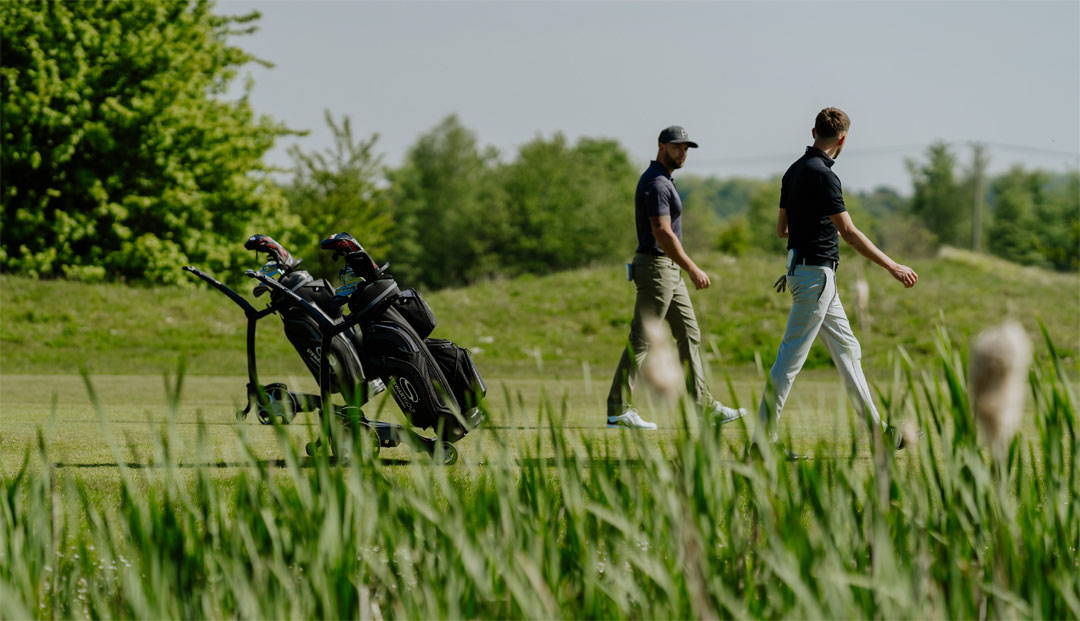
MS: So let us summarise what we've learnt so far. Firstly, the amount of calories burned in a round of golf is basically the same, however you get your clubs around the course - provided you're walking. So walking is really where you're getting the benefit. That said, using an electric trolley will make your round feel easier, even though the science tells us the actual exertion is the same and your heart rate is likely to be lower on average and less prone to spikes, while using an electric trolley.
My next question is...if this study was performed using young, elite level golfers, what might these results look like in the real world? For example, what differences might we see with typical club golfers (people in their 40's, 50's and 60's)?
GC: It's a good question. I think that’s obviously a follow up study we would love to do.
I'd hypothesise when it comes to the total energy expenditure we're going to see similar values of around that 3.5 kilo cals per minute. It maybe that they’re on the course a bit longer, these golfers (in the study) were making it round 18 in about the three hour mark. So, your average club golfer will most likely burn more calories as they're walking for longer.
The other thing I that I see with young high level golfers, is a tendency to carry a really light bag. It’s almost a status symbol. They use one of the small pencil bags with not much in at all, even sometimes moving towards half a set of clubs. I think if we were using a club golfer you might find that the bag is heavier, they carrying more things, they carry a full set, they might have water, food, waterproofs etc. If they're anything like me, despite being a seven handicapper I'm terrified of running out of balls, so they often carry more balls. It makes sense that if you've got a much heavier bag, you might then find that perceived effort may be much higher in the carrying than it would be with the electric trolley. Therefore, it might even be more advantageous, but of course this is just speculation at the moment and I would like to do that study at some point.
MS: Finally, from a macro point of view - obviously health is a major issue, obesity rates are increasing and there are government guidelines on how much we should all be exercising in a week. What do these results tell you about how golf stacks up in that environment?
GC: I think that's probably one of the biggest considerations from this study. We know that the government are talking about 150 minutes-ish of moderate exercise a week, for a cardiovascular benefit. What we were showing in this study is that obviously a typical round of golf is more than 150 minutes, and with the heart rates being typically somewhere between 50% and 75% of heart rate max, we're really ticking those guidance boxes.
So, if you can get on the golf course once per week, ideally twice per week, then you're really hitting those requirements from a cardiovascular benefit.
What we know now from this study, is that we're not losing any of those benefits by using an electric trolley, which may make the round more enjoyable, particularly with the older players, where it may put less strain on some joints and backs. What I would really want to emphasise is; don't think you're losing your health benefits by putting your clubs on an electric trolley. If that makes you more likely to get on that golf course, please go and do that. The benefit is coming from walking. Get on the golf course, enjoy the social side of golf, enjoy spending time with your friends and know that in doing so, you’re helping to contribute to your physical activity guidelines, which will have long term positive effects on your health.
All the above information is very interesting I am now in my 86’th year and I play golf 2 sometimes 3 times a week,I have being playing golf since I was in my late 20’s,I take part in monthly medals havg won the monthly medals and several board names,I won a board completion when I was 82 and my last one was the Captains prize this year at 86.Most of this is due to the fact that I have said before I have had a number of Stewart trolleys from the x3 x5 x7 and just lately the Q but I have always whised to walk,my lowest handicap was 4 but due to old father time I am now up to 18.Which all goes to confirm what the professor says